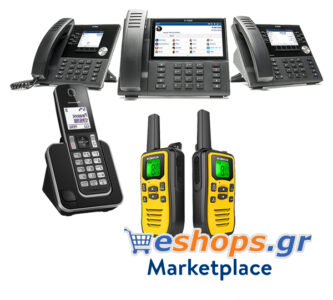Telephony

Telephony, prices, offers, fixed telephony, VoIP, wireless.
Types of telephony equipment
Telephony equipment has come a long way. From bulky, wall-mounted telephone boxes with separate headset and mouthpiece from the early 20th century to the pocket-sized 2011 media player. All in one word processor, video upload and Wi-Fi navigation for mobiles and GPS which is basically a phone. Whether you have a rotary selector or use voice recognition to make your call, the primary purpose of a telephone has not changed. The team has only evolved.
Early development
Starting with the invention of Alexander Graham Bell, the first telephones were bulky devices that only the rich could afford. However, the use of telephones spread rapidly as people saw its value. Used in business contacts, paid public telephones were introduced giving the general public access to telephone use. Telephony soon became available in many homes and became a necessary part of modern life.
In the early years, a local operator at a distribution board would answer when the doorbell rang. It made the local call by connecting the principal's phone to the recipient. Making a long distance call involved connecting multiple operator ports to run the entire distance. Many phones were wall mounted due to their volume and weight. By the 1950s, a ringtone and a spinning wheel were in common use.
Push Button and rotating wheel
In the early 1960s the phone was introduced with buttons, giving an alternative to wheel mode. This made dialing a number faster. Callers did not have to wait for the call to return to its original position before entering the next digit of a telephone number. Automated switching equipment has also replaced human operators in many parts of the telephone system. Core phones have also begun to develop new ways of using phone button sounds to transmit information outside of phone numbers. Direct dial telephone numbers also began to be used more generally in the mid-1960s.
Mobile phones
The first cordless phones were introduced in the 1970s. By that time, telephones had become smaller and lighter than their counterparts. The ease of being able to walk on the phone instead of being tied to the cable was a huge improvement. Over time, improved telephone signals and radio frequencies have made cordless phones more efficient, while providing quality voice calls. This particular innovation has finally paved the way for the cell phones we know today.
Digital and touch screen
The introduction of the GSM network (mobile phones) has changed the way phones are used. Mobile phones in the 1980s were generally non-portable, but operated on a car's electrical system. Soon, however, battery packs were offered that offered the beginnings of portability. The batteries, however, lasted a maximum of a few hours. As cellular networks rapidly improved their infrastructure, cellular signaling became stronger. Digital technology has been introduced and voice calls have become more stable and reliable. Smaller and more powerful mobile phones were developed that could process different types of data. Including photos and text messages. With the introduction of touch screen phones and IP networks.






























